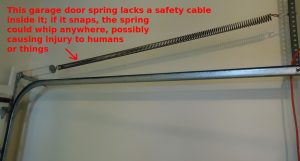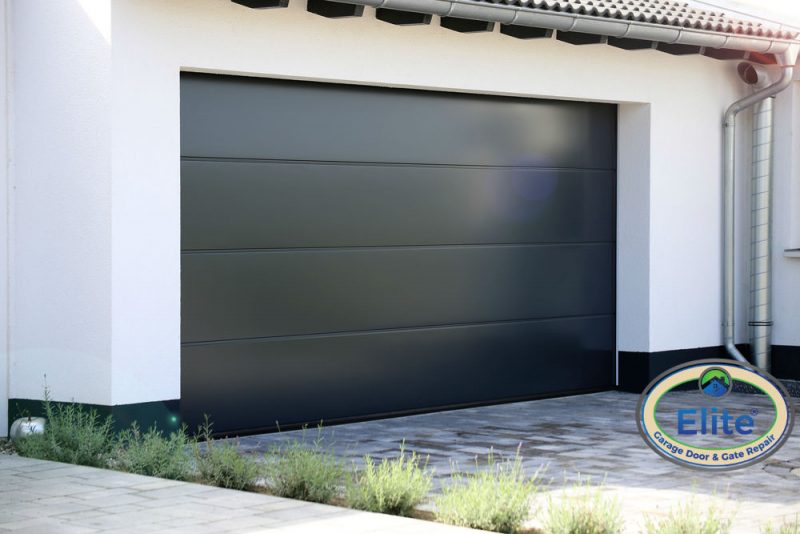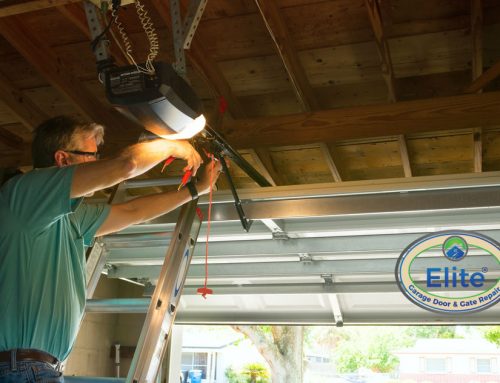When talking about garage door springs, we are almost always referring to extension or torsion springs. Both these springs are responsible for closing and lifting the garage door. That said a broken garage door spring is one of the reasons why it may get stuck or refuse to open to close. The good news is that it is easy to diagnose a broken spring.
Ideally, homeowners will want to prevent their garage door springs from breaking with regular inspection and carrying out routine maintenance. Then if required, make sure that the springs are replaced before their life cycle ends. After all, it is much better to replace the springs before they break as it is less frustrating.
If you are not sure about how long your garage door spring will last then on average, it has a 3-5 year life expectancy. On a more technical note that translates to around 10,000 cycles. Now, this may vary depending on how much the garage door is used, the quality of the spring and the local weather.
Age is The Leading Factor
The most common reason for a broken garage door spring is age. Yes! Garage door springs wear out and when they do the spring breaks. Even the best springs on the planet will eventually break it is just a matter of time. If you’ve just replaced a spring with an aftermarket one, it would be a good idea to get it examined by an expert every year at the very least.
10k cycles would translate to around 14 years if you just go in and out of the garage once a day. If it is twice a day, then 7 years. The life of the garage door spring will be significantly shorter if the garage door is used as an alternate way of getting in and out of the house since it will have to open multiple times a day.
A great way of preventing the spring from breaking soon is to buy one that has an extended lifespan. Sure, they are a bit more expensive, but you save on fewer replacements, which for many people, means saving time and money.

Image Credit: Wikimedia Commons
Rust is Another Culprit
Rust is another reason why a garage door spring will break before it ever reaches 10k cycles. Torsion springs which aren’t coated will often succumb to rust which increases friction, and that leads to the spring breaking. If you live in a particularly damp part of the US, make sure to spray the spring down with WD-40 and get it inspected by a professional.
More Pressure Than it is Rated to Bear
Low priced garage doors often come with a single but long torsion spring instead of two to cut costs. That leads to a single spring having to bear all the load which shortens its life considerably. That’s why we recommend the dual spring model when in the market for a new garage door.











Leave A Comment